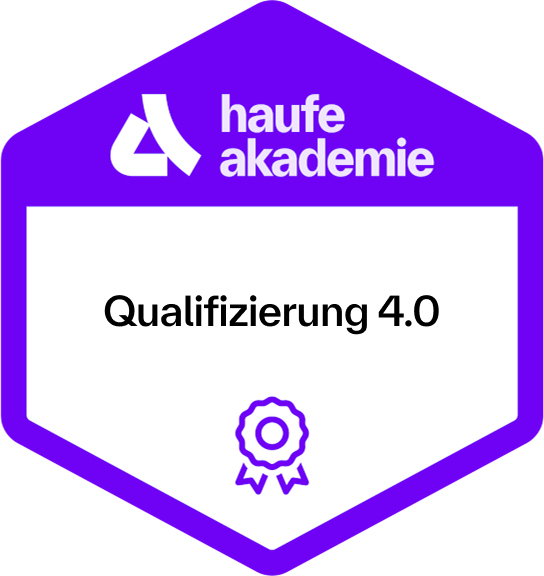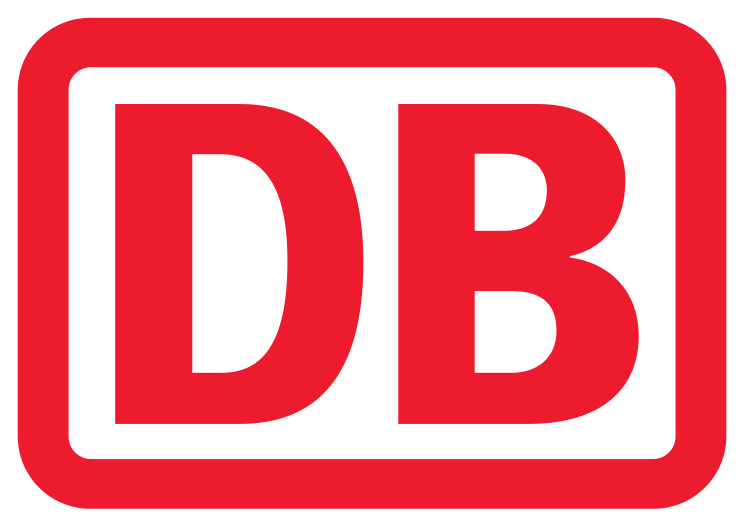BPMN 2.0 Advanced
Modeling complex processes with BPMN, CMMN and DMN

Contents
Organize process models
- Organize strategic and operational process models.
- Use embedded and global sub-processes, transactions and event sub-processes in a targeted manner.
Choreograph - the extension of collaboration diagrams
- How and where can a choreography diagram be helpful and support modeling?
- Structuring of choreographies.
- Use of gateways and events in choreographies.
Conversations
- How and where can a conversation diagram be helpful and supportive?
- Structuring conversations.
- Use of conversations.
Modeling of processes and business rules (DMN - Decision Model & Notation)
- ... with the use of gateways.
- ... with the use of decision logics and decision tables.
Modeling of case-related processes (CMMN - Case Management Model & Notation)
- Definition of process types: structured processes, case-related processes, ad-hoc processes.
- Introduction to the symbolism of CMMN.
- Description of processes that do not always have the same stringent sequence.
- Different approaches to solutions.
Linking BPMN, DMN and CMMN
- Possibilities for sharing the standards.
Learning environment
Your benefit
- You will gain an overview of choreographies and conversations in order to better capture and present messages and information between process participants.
- You know the different modeling variants for the representation of business rules and decisions.
- You can differentiate between process types and are familiar with the possibilities of modeling.
- You know how the BPMN, DMN and CMMN standards are related.
- You can clearly map process interactions and communication flows between different process participants, ensure better process flows and increase process understanding.
Methods
Based on keynote speeches and many group exercises, participants learn how processes can be recorded, structured and modeled. Participants can contribute their own views and specific questions to the training. In the training itself, the use of the symbols is demonstrated using software and the participants themselves model them in a practical way.
Recommended for
Employees from all industries and company divisions - process consultants, process owners, process owners, process designers, process managers, specialists who deal with processes in the company.
Participation requirements
The Advanced training is aimed at interested parties who have already gained their own experience in process management and practical experience in BPMN 2.0 modeling. Theoretical basic knowledge of BPMN 2.0 notation is a prerequisite.
35052
Start dates and details

Thursday, 19.02.2026
09:00 am - 5:00 pm
Friday, 20.02.2026
09:00 am - 5:00 pm
Wednesday, 15.04.2026
09:00 am - 5:00 pm
Thursday, 16.04.2026
09:00 am - 5:00 pm
- one joint lunch per full seminar day,
- Catering during breaks and
- extensive working documents.

Tuesday, 14.07.2026
09:00 am - 5:00 pm
Wednesday, 15.07.2026
09:00 am - 5:00 pm
- one joint lunch per full seminar day,
- Catering during breaks and
- extensive working documents.
 4.7
4.7







